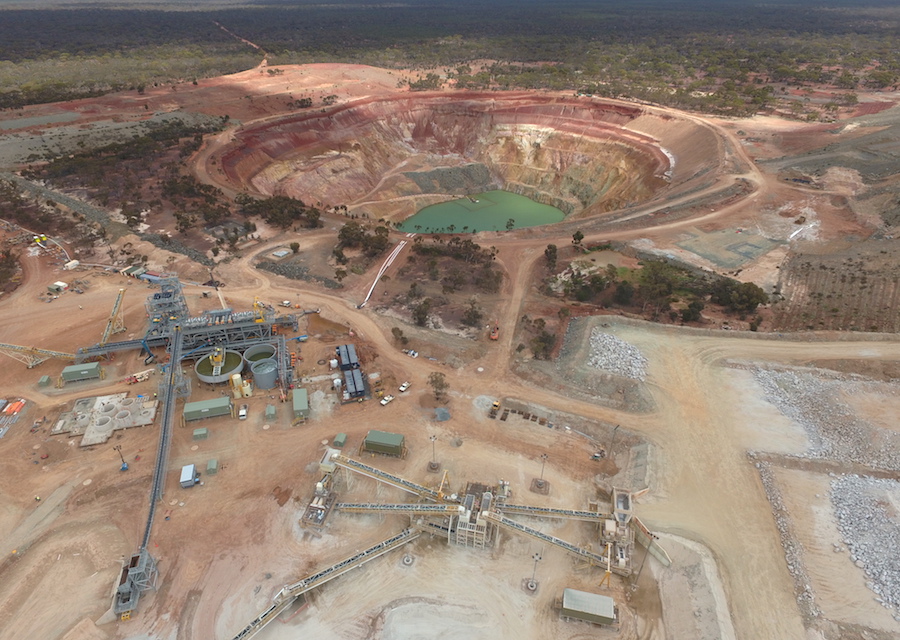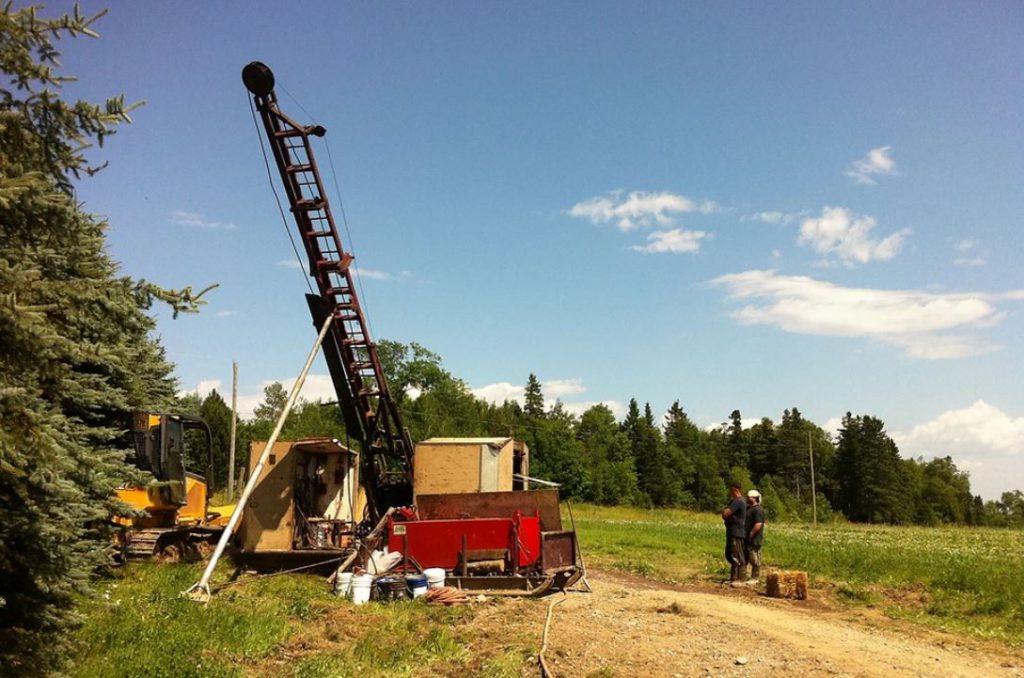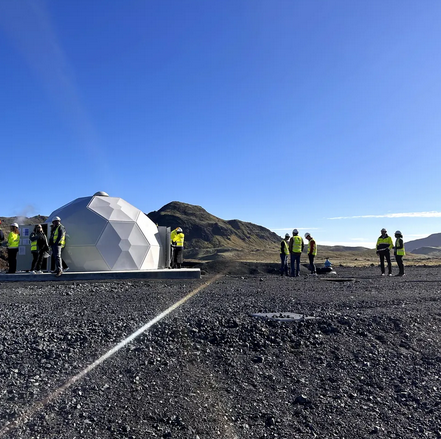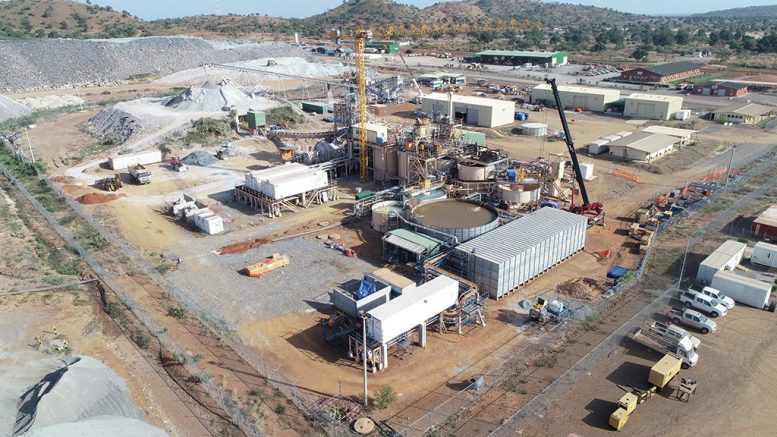Mineral Resources flags further interest in Essential Metals

Australia’s Mineral Resources on Wednesday flagged appetite for a larger stake in lithium junior Essential Metals, after it logged a more than 40% jump in expected production costs at a lithium project in Western Australia.
The diversified miner, which produces iron ore and lithium, and also operates a mining services unit, took a surprise 19.95% stake in the lithium junior earlier this month, effectively blocking a bid by a rival joint venture of Tianqi and IGO Ltd.
“MinRes’ interest in Essential is consistent with the company’s focus on lithium opportunities in the Mt Marion region,” it said. Essential’s Pioneer Dome lithium project is approximately 100 kilometres from Mt Marion in the state’s south west.
The miner is doubling Mt Marion’s production to 900,000 tonnes of spodumene by May on last year’s levels from the mine, which it owns 50%:50% with China’s Ganfeng Lithium. Its share of production is exported and processed into lithium battery chemicals under an agreement with Ganfeng.
While costs for the expansion remain in line with initial estimates of A$120 million, the company expects spodumene free-on-board (FOB) costs to be between A$1,200 and A$1,250 per tonne for fiscal 2023, above the previous outlook of A$850-A900 per tonne.
The revised guidance reflects impact of delay in plant expansion and mine sequencing, resulting in the drawdown of contact ore stockpile, the company said.
Sales from its Wodgina joint venture with lithium major Albemarle Corp fell to 5,000 to 6,000 tonnes from 8,500-9,500 tonnes, reflecting current marketing arrangements which are managed by the US major, as well as lower prices.
The 60:40 joint venture structure which includes the Kemerton lithium chemicals refinery, is currently being restructured, after which MinRes will market its own product.
However, the miner reported higher iron ore shipments of 4.5 million wet metric tonnes for the third quarter, nearly 10% higher on a quarter-on-quarter comparison.
This beat RBC estimates of 4.3 million per wet metric tonne.
(By Nausheen Thusoo and Melanie Burton; Editing by Uttaresh Venkateshwaran)
More News
Manganese X poised to begin pre-feasibility study at Battery Hill
April 11, 2025 | 02:39 pm
Carbon removal technologies could create tens of thousands of US mining and quarry jobs – report
April 11, 2025 | 01:33 pm
{{ commodity.name }}
{{ post.title }}
{{ post.date }}




Comments